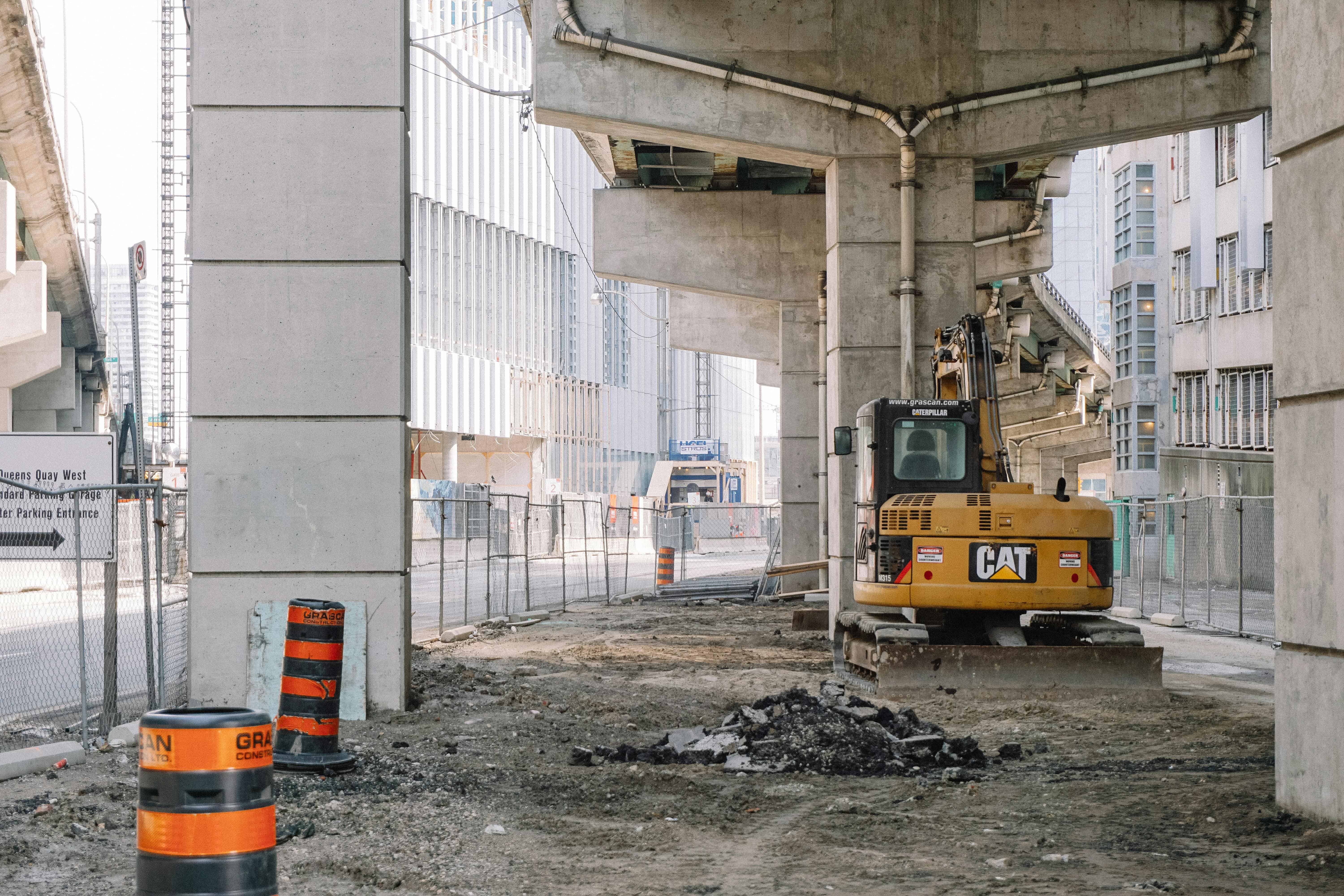How to identify low fuel pressure in your equipment
- fraca pressão de combustível

28 February, 2024
Low fuel pressure can cause a number of problems in your equipment, impacting and cutting its operating time considerably.
A number of factors can affect building equipment’s fuel pressure, and you need to know how to spot and fix these problems, and so help prevent future fuel pressure problems.
In today's post, we explain how to spot low fuel pressure and give you some tips on how to prevent it from happening again.
Let's get started.
Causes of low fuel pressure
Before telling you what can cause it, you should know that it’s fairly easy and simple to solve low fuel pressure once you have identified the cause.
Here are three of the most common causes of low fuel pressure in heavy equipment.
● Faulty regulator
The pressure regulator regulates and adjusts the fuel pressure level in your machine's system. When it works properly, the regulator makes sure that the pressure is never too high or too low, so it’s one of the first places you should look if you get a fuel pressure problem.
● Fuel pump malfunction
The fuel pump sends fuel to the machine’s engine. If it’s not working at full strength, then your machine will probably not get enough fuel and at the right pressure to run properly.
● Fuel line problems
The fuel line is a thin hose that carries fuel from your machine's fuel tank to the rest of the system. If there is a problem with the fuel line, the engine may overheat, stall or you might not be able to start the machine at all.
How to identify low fuel pressure in your machinery
Many different signs can point to low fuel pressure, and these are the most common:
-Engine problems: if you find it difficult to start the machine or it keeps on stalling, misfiring and backfiring, low fuel pressure could be to blame.
-Performance problems: low fuel pressure can also be to blame for common performance problems, such as if you find it hard to turn the speed up or down, or keep the machine running.
-Strange events: too much exhaust smoke, strong smells in the fuel tank and leaking substances can be signs of a fuel pressure problem.
-Poor fuel efficiency: if you have had to refill your fuel tank frequently, it is likely that there is a more serious fuel pressure problem.
If you suspect low fuel pressure is to blame for your machine's poor performance, use a fuel pressure tester to check if the machine’s pressure is fluctuating and determine if the pressure is normal, low or non-existent.
Fixing low fuel pressure
Whether you fix the machine yourself or take it to a qualified mechanic, it is be essential to remember to check each of these critical areas of the machine:
-Fuel tank: ask yourself if it is full and intact, or if there are visible signs of a leak.
-Fuel lines: make sure it is connected and not broken, in the wrong place or leaking fuel.
-Battery: if the fuel tank and lines are intact, then the battery might be the problem. Make sure that the battery and the rest of the machine's system are connected properly. Also, test the battery life with a power probe or multimeter.
-Fuel pump: inspect the fuel pump, including the filter screen and relay element. If one or both parts are damaged, replace them to restore proper operation.
-Pressure regulator: use a fuel pressure gauge to test the regulator. If the problem is the fuel pressure regulator, you’ll need to get it repaired or replaced by a professional.
If you have tried all these steps to solve your fuel pressure problem and it still doesn't work, schedule an appointment with a qualified mechanic or equipment specialist so they can study and identify the problem.
At CYCLICA, we’re here to help you with any questions you may have about the machinery you’ve bought. Click here to contact us.
